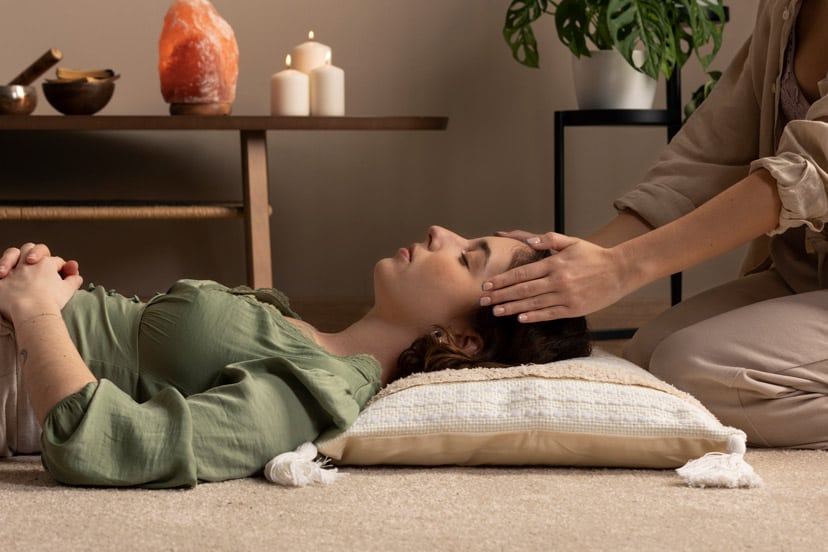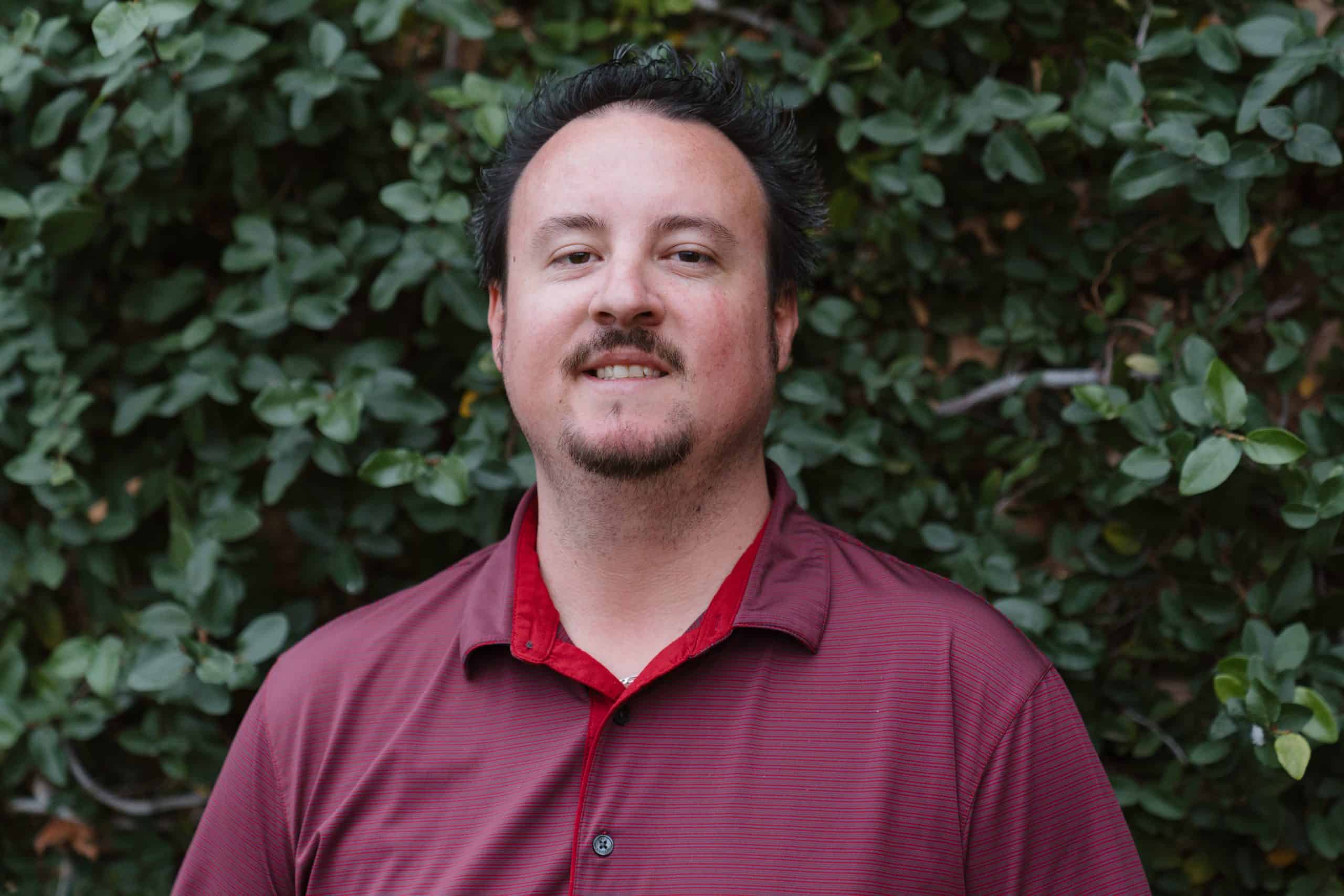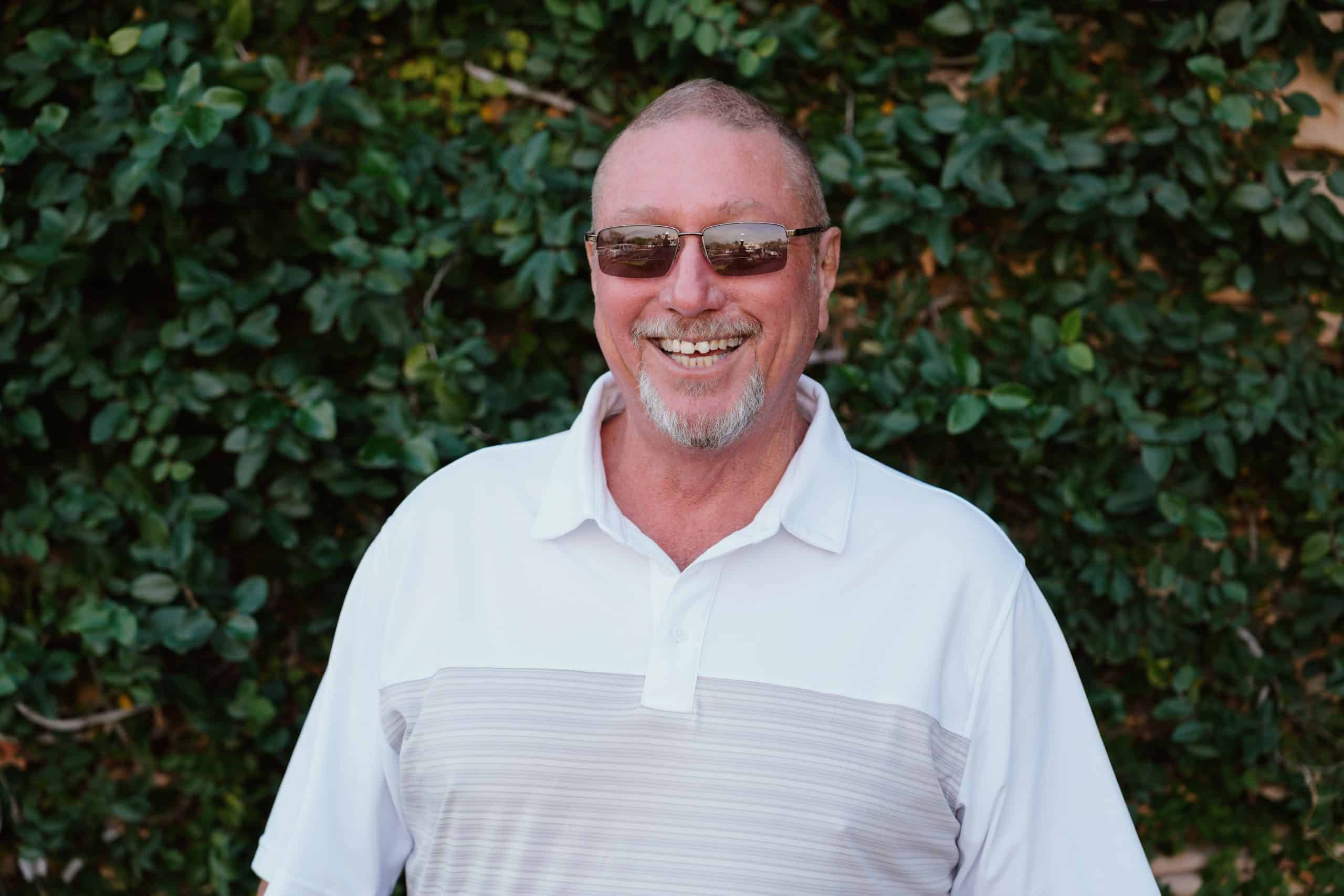Reiki Therapy in Scottsdale, Arizona

A popular form of complementary therapy, Reiki therapy is defined by the International Association of Reiki Professionals as a “subtle and effective form of energy healing using spiritually guided life force energy.” Also called “hands-on” therapy, Reiki is often performed by laying hands on, or over a person in order to help guide the aforementioned energies in a way that guides them towards balance and healing.
Developed in the early 1920’s by Japanese practitioner Mikao Usui, the word “Reiki” is a combination of the Japanese words “rei”, which means “universal” and “ki” which loosely translates to “life force” or “energy”. The practice of Reiki is based on the idea that all people have a universal life force or energy flowing through them that can become blocked or disrupted causing illness, mental strife, and other negative circumstances.
Simply put, Reiki therapy is used to break down these blockages and return the energy flow to the body. Reiki practitioners focus on sensing the places where energy in the body is blocked and work to move that energy in a way that is healing and beneficial for their client.
In practice, Reiki functions by the practitioner laying their hands on or holding them over the body of their client, sensing where the energy in their body might be blocked or impeded, and then using their own energies to unblock or guide the client’s energies towards healing and balance. In Reiki there are 5 principles under which all practitioners work and encourage their clients to focus their energies on. Many times practitioners will read these principles or have their clients recite them, or even just meditate on them while the practitioner works. The 5 principles of Reiki are:
- Just for today, do not worry
- Just for today, do not anger
- Just for today, be humble
- Just for today, be honest
- Just for today, be compassionate with yourself and others
It is important to understand that Reiki is a complementary therapeutic approach. What this means is that Reiki is best used in tandem with other therapeutic and medical treatment approaches.
You're not alone in this. In 2023, over 600,000 Arizona residents had a co-occuring substance use disorder and mental health condition.
How Does Reiki Therapy Work
During reiki therapy, clients lie on massage tables, fully clothed, and the practitioner places their hands on, or just over different body parts that are thought to be hubs for energy or where the reiki master senses a blockage. They might change the position of their hands depending on what they might intuit to be necessary. It should be understood, however, that while a Reiki practitioner's office may look like a massage therapist’s office, Reiki masters do not massage their patients. The only touch that they give their patients is light and stationary.
During Reiki therapy, clients have reported feeling sensations of heat, tingling, pulsing where the hands are being laid, sleepiness, relaxation, or even feelings similar to being in a meditative state. This can lead to patients feeling increased relaxation among a number of other benefits.
NOTE: All Reiki practitioners practice differently and this overview is one more common way of many ways that Reiki can be performed.
How reiki functions on a scientific level has been disputed among researchers for quite some time. While some have claimed that the effects of Reiki are due to a placebo effect (a person reacting as though treatment has been given even though it has not), research has shown this not to be the case. In a 2017 study, Reiki was shown to be more effective than given placebos in a clinical trial meaning that there is at least some heightened benefit to Reiki therapy that is not caused by the placebo effect.
There have also been studies on “gentle touch” therapy, similar to Reiki, that have shown that gentle touch can reduce stress and even reduce pain. While gentle touch therapy is different from Reiki, the similarities do lend towards the effectiveness of Reiki therapies.
What Are The Health Benefits Of Reiki Therapy
One of the greatest health benefits of Reiki is the demonstrated increase in mental clarity, heightened relaxation, and improved mental health. This can benefit clients who are not only dealing with emotional or mental health issues, but can also be beneficial to people dealing with physical illness. While reiki will not cure physical illnesses in any way, there is research showing that improved mental health can actually lead to a better chance at healing and recovering from serious illnesses. It is because of research like this that many people who advocate for Reiki claim that it helps to promote natural healing.
Many people who undergo Reiki therapies claim to feel intense relaxation, pain relief, a gained perspective on their circumstances, and even the ability to feel rested. That being said, these results vary greatly from person to person. Regardless, many of these things are beneficial to the people who experience them and help them in either mental health recovery, or help them through their physical illness.
It should be understood that the benefits of Reiki have not been consistently demonstrated in the research setting. Therefore, Reiki is not considered to be a scientific or an evidence-based practice. This does not discount the benefits that Reiki therapies hold for some people though. In a review of multiple studies on reiki therapy, it was concluded that while there is little consistency in Reiki practices, there are demonstrated benefits as mentioned above.

What Are The Side Effects of Reiki Therapy
There are relatively few side effects to Reiki treatment. Although there have been some reports of discomfort, sleepiness, awkward feelings during treatment, or feeling like Reiki did not help, there are no known side effects to Reiki therapy that are significant or lasting. Remember: while there is some scattered evidence about the holistic benefits of Reiki, it is a mostly spiritual practice that relies on energies that are not scientifically demonstrable. Any sudden mental or physical side effects felt after Reiki therapy should be immediately addressed as there might be something else going on.
Can Reiki Therapy Replace Traditional Treatments
NO. Reiki is not a stand alone therapeutic option. Reiki should always be used as a complementary therapeutic option to enhance the results of evidence based therapies and medical interventions. Reiki will neither cure nor get rid of any mental health or physical illness.
What Reiki Treats & Doesn’t Treat
Since its conception, Reiki has been used to treat a wide spectrum of physical and mental illnesses. Common ailments that people might use Reiki therapy to treat are:
- Depression
- Anxiety
- Chronic Pain
- Infertility
- Cancer
- Fatigue
- Heart Disease
- Joint Pain
- Crohn’s Disease
And many more. It is vital that every person looking into Reiki understands that Reiki is never to be used as a solitary treatment option. It will not, nor will ever, cure any of the above listed ailments. Infact, relying solely on Reiki can be deadly. Instead, when considering all of the illnesses that reiki can treat, think of Reiki as a tool for relaxing the mind and body, unblocking the places where energies are impeded and causing pains, and assuring the best chance at achieving recovery.
What Happens During A Reiki Therapy Session
While all Reiki sessions look different depending on the practitioner, there is a general form that most Reiki therapy sessions follow. In a “typical” Reiki session, you will be invited into a quiet, calming office with a treatment table. While Reiki can be performed anywhere, most professionals prefer to host their practice in a safe, comfortable, clinical environment.
You will be asked to lie on a treatment table or sit comfortably in a supportive chair. At this time the practitioner will apply a Reiki through a very light, non-invasive touch, or even hover the hands just over your body. There are a series of locations on the torso where they may lay their hands, but their touch should never be inappropriate or painful in any way. If you do become uncomfortable with the Reiki session in any way, they should alway ask to stop treatment.
Some Reiki practitioners like to place hands over wound sites, scars, or even afflicted organs in the case of disease. This is typical of some professionals, but it should be explained to you before it is done, and performed in a way that is both safe and comfortable for you. Some scars can be tender and fresh wounds can be vectors for infection and disease. It is best to use best-sterile-practices and work cautiously. If you ever feel like a practitioner is not taking sterile practice seriously, it is important that you end the session and speak to a medical professional to decide if you need to take any action to avoid further injury.
A normal Reiki session can last anywhere from 30 minutes to an hour and during that time a person may feel a variety of different effects, or they may feel none. Many people find Reiki to be comforting, relaxing, pain-relieving, and even refreshing. Some clients even say that they feel that the practitioner's hands make them feel hot or cold sensations, or even pulsating waves of relief. Others claim that Reiki makes them feel so relaxed and pain-free that they fall right asleep. The outcomes of the Reiki therapy can be very different from client to client, so you should not enter Reiki therapy with a preconceived notion on how it might affect your body, if at all.
After the session ends, the practitioner should gently let you know that the session has ended, and allow them time to collect yourself. It can be beneficial during this time to reflect on what you experienced and go over the 5 principles of Reiki.
Your new life is within reach, let our team help you grasp it.
Give us a call now to learn more about our treatment plans.
Who Can Practice Reiki Officially
Although a primarily spiritual practice, Reiki does not require any kind of divine calling, above average intelligence, or even a supernatural intuition. The practice of Reiki is passed from teacher to student. Although there is no official regulation, code, or licensure under which Reiki practitioners are bound or receive training, there are a number of different ways that people can go about learning the practice of Reiki. Usually, students will find a Reiki master from which they can learn and practice until they themselves become skilled enough to practice alone.
Reiki at Pinnacle Peak Recovery
At Pinnacle Peak Recovery we offer care for a variety of conditions from addiction to mental health disturbances. In doing so, we can provide a wide array of treatment options to fit the needs of whatever patients come through our doors. Reiki is one of those therapeutic programs that we offer.
Visit us today at learn how you can join us at Pinnacle Peak and add reiki as a recovery tool in your therapeutic programming.



What Our Valued Patients Say

You Deserve to Be Treated with Compassion — Find Healing in Arizona Today With Pinnacle Peak
No matter your history with substance use or untreated mental health, there is a path forward towards happiness and healing. Our team at Pinnacle Peak is committed to your individual success through our evidence-based, customized treatment plans. We will work with you to find the right options for your long-term success.
You don't have to wait. Our expert team is here, ready with compassion and understanding to craft a healing plan for you. Take that first step and give us a call today, and you'll find long-term support the rest of the way.
FAQs About Reiki
What is Reiki therapy used for?
Reiki therapy is used as a complementary treatment option for multiple conditions, both physical and mental.
What are the 5 principles of Reiki?
The 5 principles of Reiki are, simplified: Just for today: do not worry, do not anger, be humble, be honest, be compassionate with yourself and others.
What are the techniques of Reiki?
In Reiki the practitioner lays their hands on or over the client's body and uses their own energies to unblock or free the obstructed energy paths in the client’s body that might be contributing to pain and illness.
How many sessions of Reiki are needed?
There is no “right” amount of reiki sessions. Reiki is a complementary treatment option meaning that it might be used once meditatively, or used for the course of an illness along with other therapies as a way to address chronic pain and mental unrest. The amount of sessions of up to the client and practitioner.

